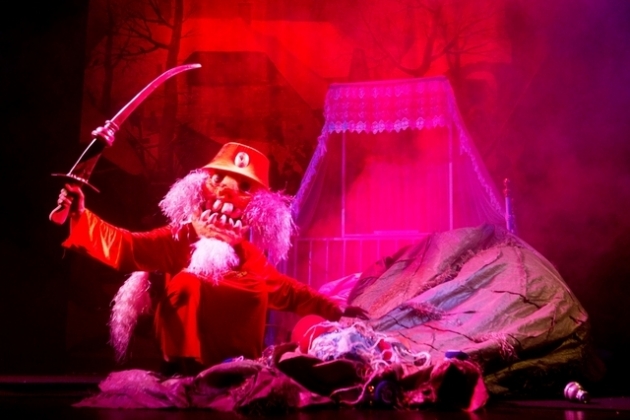
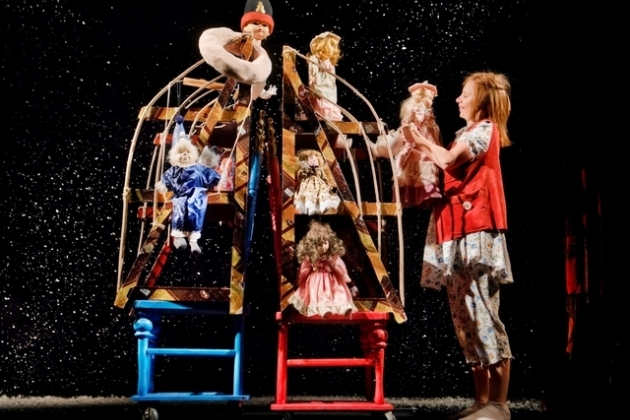
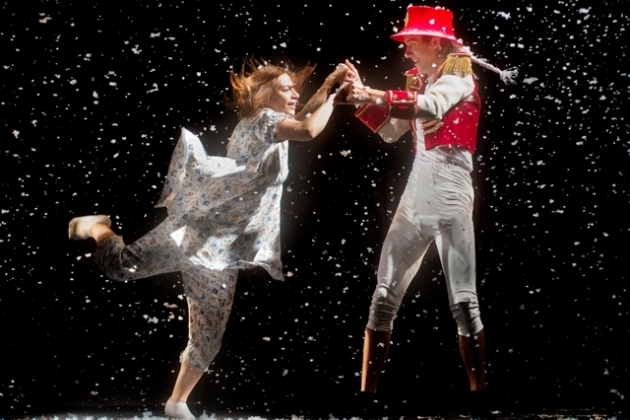
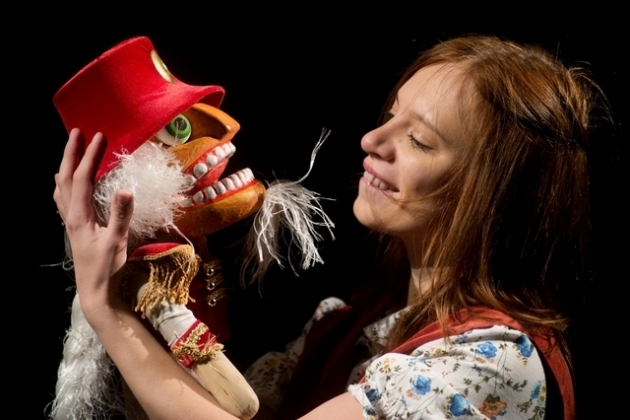
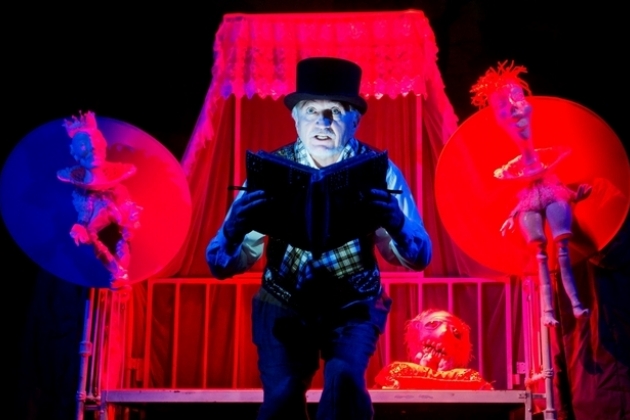
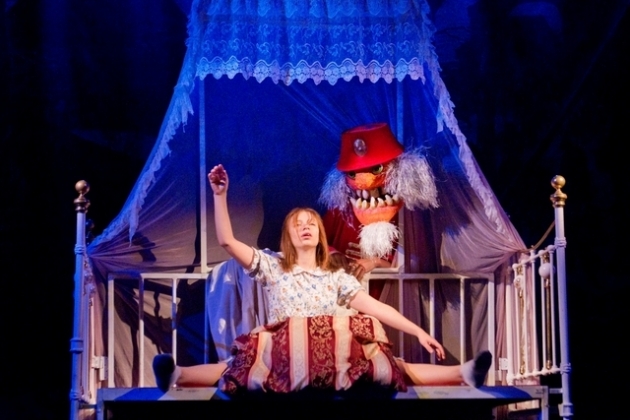
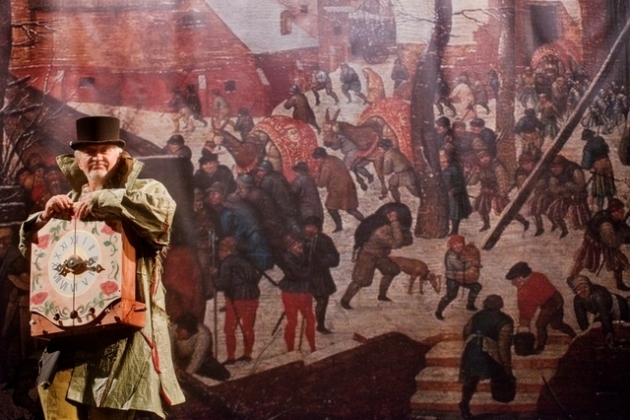
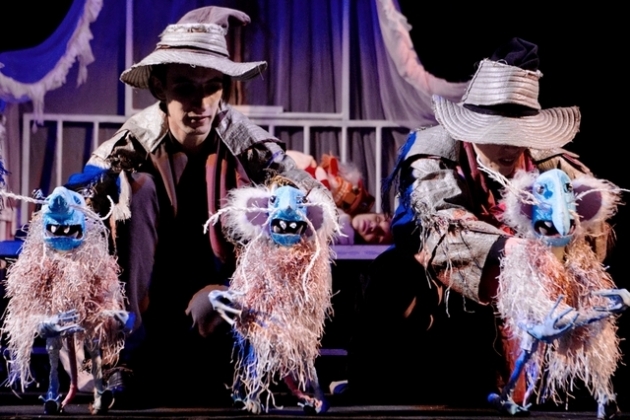
The fairy tale "The Nutcracker and the Mouse King" by the German romantic Ernst Theodor Amadeus Hoffman is a children's literature classic, which constantly returns to Lithuanian theatres in a new form. In puppet theatre, this fairy tale has become almost a chrestomathic material for creators. This is due not only to the imagery of the fairy tale and the problems of the relationship between children and their parents, but also to the direct development of puppet theatre motifs in the work - the images of toys and puppets coming to life.
The director and designer Vitalijus Mazūras has staged "The Nutcracker and the Mouse King" at Vilnius Puppet Theatre, Panevėžys Puppet Carriage Theatre and Liepaja Drama Theatre. According to the director, "the multi-layered layers of meaning of the fairy tale, the imaginative language of the author of the work and the fable that emphasises the theme of children's creativity gives the theatre maker the possibility of boundless fantasy. It is therefore not surprising that Hoffman's fairy tale continues to survive the tests of time and constantly encourages us to delve deeper into already developed themes, to seek new ways of expression. "The world of The Nutcracker and the Mouse King is full of fantasy and creativity, and is alien to naturalism - all of which is close to puppet theatre.
+3705 262 42 74
II - V 10 - 16 val.
VI - VII 10 - 15 val.
Evening events: 1 h before event
Vilniaus teatras „LĖLĖ“
Įm. kodas 190754264 A/s LT127300010100812522
AB SWEDBANK Banko kodas 73000
Our website uses cookies. We use these cookies for statistical and marketing purposes.
If you consent to the use of these cookies, please click “accept” and continue browsing our website.
Our request form uses Google Recaptcha which helps us distinguish you from online robots sending us spam messages.
Thus to ensure the functioning of this request form, you have to click "accept performance cookies".
You can select which cookies are to be accepted.
Find out more about our Cookies and Privacy Policy.
|
Functionality (necessary) cookies
These cookies are essential to the functioning of the website and they cannot be disabled. They do not store any personally identifiable information and are deleted once you leave the website. |
|
|
Performance Cookies
These cookies are used to measure the use of the website and traffic sources in order to gain information required to improve the functioning of the website. These cookies help us to determine which pages are the most popular and to learn about the users’ browsing habits. To this end we use the Google Analytics statistical engine. We do not disclose any information we have collected. All information gathered is completely anonymous and cannot identify you personally. |
|
|
Marketing cookies
These third-party cookies are used to display ads personalized to your needs. We use cookies that help us to collect information on your web surfing behaviour and allow us to learn about your interests so that we could display only those ads that are relevant to you. Leave this box unchecked if you do not want us to show you any advertising. |